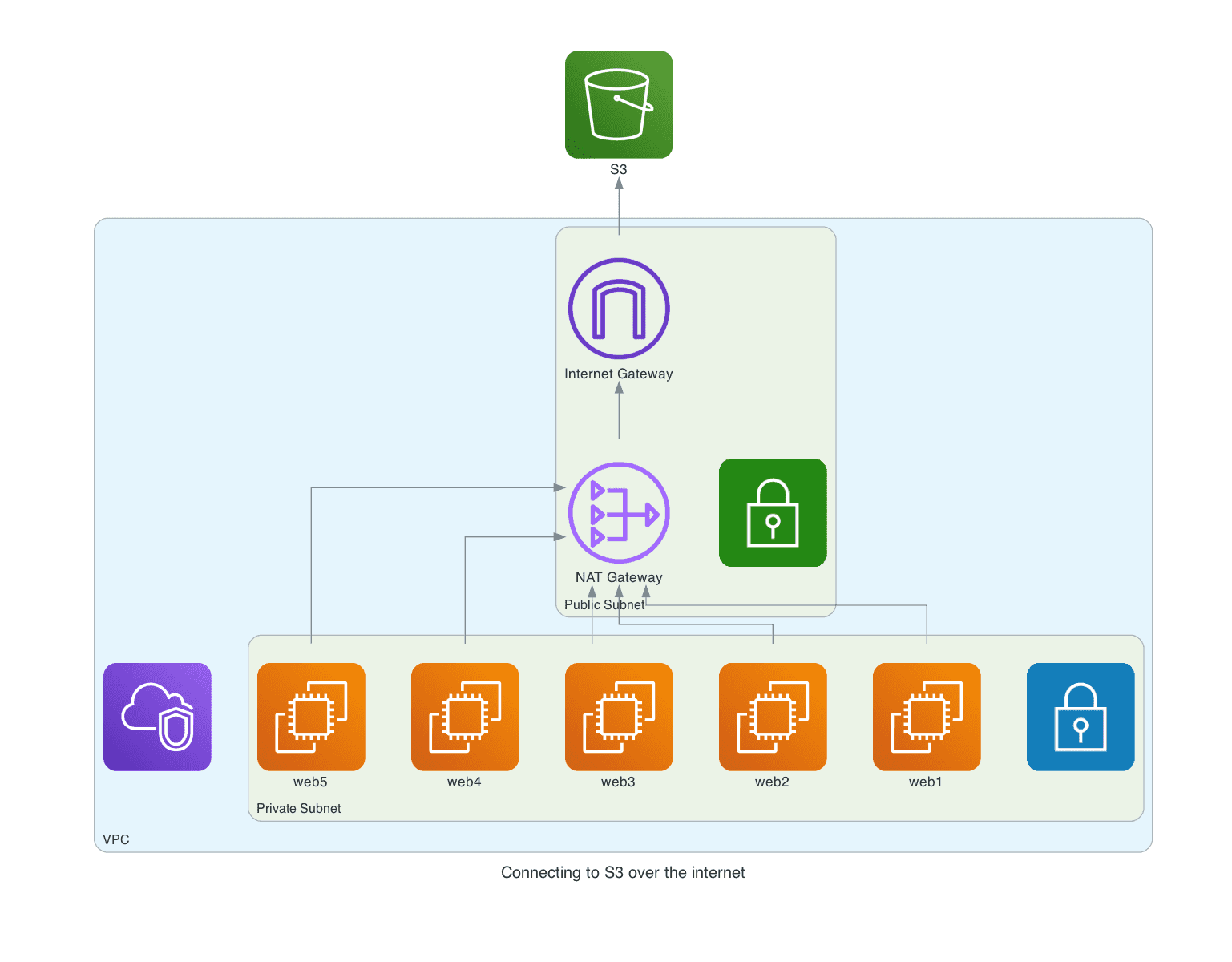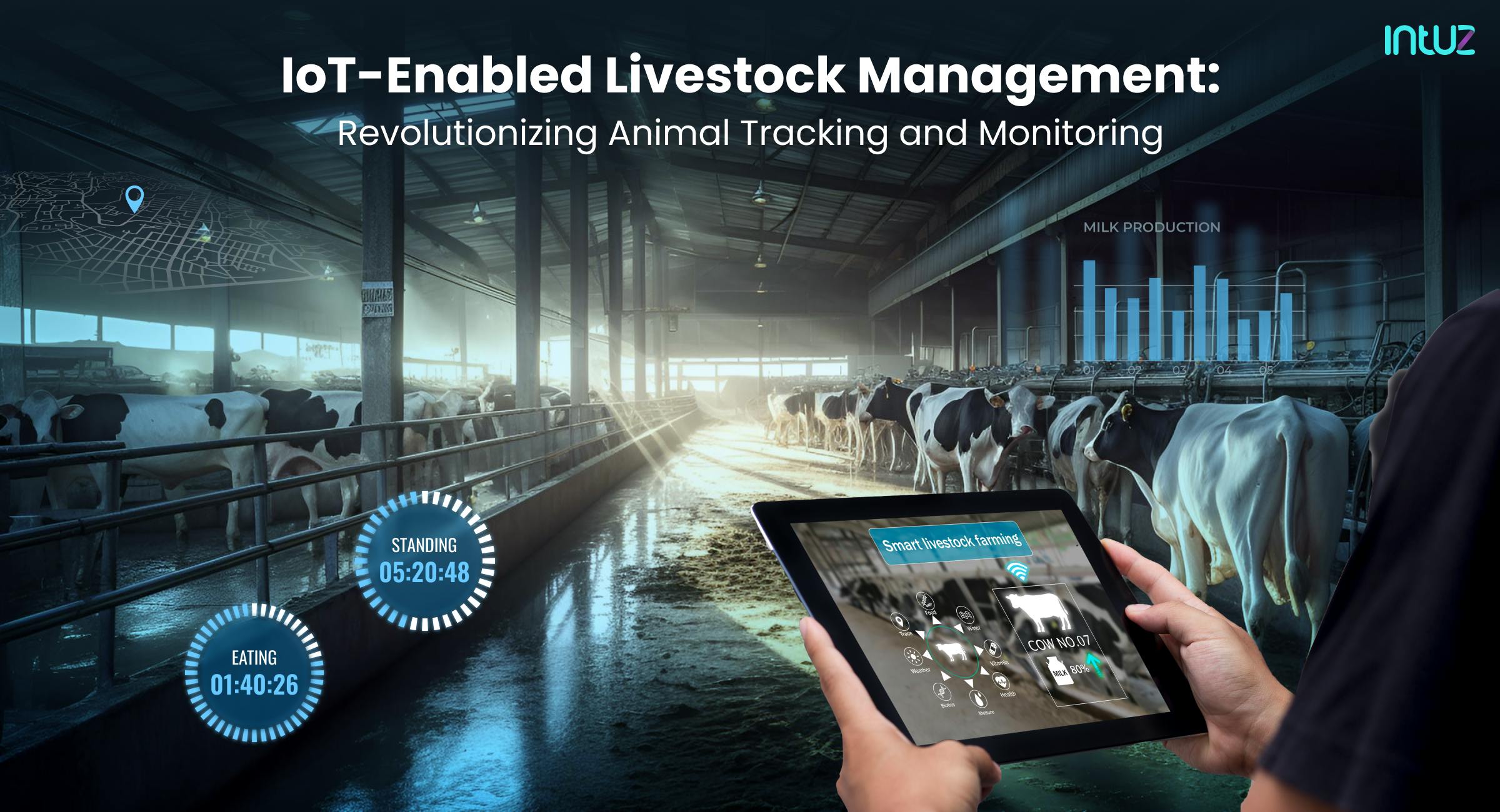Remote IoT VPC SSH Download: A Comprehensive Guide
In today’s interconnected world, remote IoT VPC SSH download has become an essential process for managing and securing IoT devices within virtual private clouds (VPCs). Whether you're a developer, system administrator, or IoT enthusiast, understanding how to securely access and manage IoT devices is crucial for maintaining efficiency and security. This guide will walk you through everything you need to know about remote IoT VPC SSH download, from the basics to advanced configurations.
IoT (Internet of Things) devices are increasingly being deployed in various industries, from healthcare to manufacturing. These devices often operate within VPCs to ensure secure and isolated network environments. However, managing these devices remotely requires robust tools and protocols, such as SSH (Secure Shell), to ensure secure access and data transfer. Understanding how to download and configure SSH tools for remote IoT management is a key skill for anyone working with IoT systems.
In this article, we will explore the concept of remote IoT VPC SSH download in detail. We will cover the technical aspects, best practices, and tools you need to ensure secure and efficient remote access to IoT devices. By the end of this guide, you will have a clear understanding of how to implement and optimize this process for your specific needs.
Table of Contents
- Introduction to Remote IoT VPC SSH Download
- Understanding IoT Devices and VPCs
- What is SSH and Why is it Important?
- Tools for Remote IoT VPC SSH Download
- Step-by-Step Guide to Downloading and Configuring SSH
- Best Practices for Secure SSH Access
- Advanced SSH Configurations for IoT Devices
- Troubleshooting Common SSH Issues
- Case Study: Successful Remote IoT VPC SSH Implementation
- Conclusion and Next Steps
Introduction to Remote IoT VPC SSH Download
Remote IoT VPC SSH download refers to the process of securely accessing IoT devices within a VPC using SSH protocols. This process is essential for managing IoT devices remotely, ensuring data security, and maintaining operational efficiency. SSH provides a secure channel over an unsecured network, allowing users to execute commands, transfer files, and manage devices without exposing sensitive data.
The need for remote IoT VPC SSH download has grown significantly as IoT devices become more prevalent. These devices often operate in remote or hard-to-reach locations, making physical access impractical. By leveraging SSH, administrators can securely manage these devices from anywhere in the world, reducing downtime and improving operational efficiency.
Why Remote IoT VPC SSH Download Matters
Remote IoT VPC SSH download is not just about convenience; it’s about security and reliability. IoT devices often handle sensitive data, and any breach can have serious consequences. SSH ensures that all communications between the user and the IoT device are encrypted, protecting against unauthorized access and data breaches.
Understanding IoT Devices and VPCs
IoT devices are physical objects embedded with sensors, software, and connectivity that allow them to collect and exchange data. These devices are used in a wide range of applications, from smart homes to industrial automation. A VPC, or Virtual Private Cloud, is a secure and isolated private cloud hosted within a public cloud environment. VPCs provide a controlled environment for deploying IoT devices, ensuring they are protected from external threats.
How IoT Devices Operate Within VPCs
IoT devices within a VPC can communicate securely with other devices and services within the same network. This isolation helps protect sensitive data and ensures that only authorized users can access the devices. VPCs also allow administrators to define network rules, control traffic, and monitor device activity, making them an ideal environment for IoT deployments.
Benefits of Using VPCs for IoT Deployments
- Enhanced security through network isolation
- Scalability to accommodate growing numbers of IoT devices
- Improved control over network traffic and access
- Cost-effective compared to traditional private networks
What is SSH and Why is it Important?
SSH, or Secure Shell, is a cryptographic network protocol used for secure data communication, remote command execution, and other secure network services. It provides a secure channel over an unsecured network, ensuring that all data transmitted between the client and server is encrypted.
Key Features of SSH
- Encryption of all data transmitted between client and server
- Authentication to verify the identity of users and devices
- Port forwarding to secure other network protocols
Why SSH is Critical for IoT Management
IoT devices often operate in environments where physical access is limited or impossible. SSH allows administrators to securely manage these devices remotely, ensuring that updates, configurations, and troubleshooting can be performed without exposing sensitive data. Additionally, SSH helps protect against unauthorized access and cyberattacks, making it an essential tool for IoT management.
Tools for Remote IoT VPC SSH Download
There are several tools available for remote IoT VPC SSH download, each with its own strengths and features. Below are some of the most popular tools used by professionals:
OpenSSH
OpenSSH is a free and open-source implementation of the SSH protocol. It is widely used for secure remote access and file transfer. OpenSSH supports a variety of authentication methods and encryption algorithms, making it a versatile choice for IoT management.
PuTTY
PuTTY is a popular SSH client for Windows. It provides a simple and user-friendly interface for connecting to remote devices. PuTTY supports SSH, Telnet, and other protocols, making it a versatile tool for IoT management.
WinSCP
WinSCP is a free SFTP, SCP, and FTP client for Windows. It allows users to securely transfer files between their local machine and remote IoT devices. WinSCP also supports scripting and automation, making it a powerful tool for managing large-scale IoT deployments.
Step-by-Step Guide to Downloading and Configuring SSH
Setting up SSH for remote IoT VPC access involves several steps, from downloading the necessary tools to configuring the SSH client and server. Below is a step-by-step guide to help you get started:
Step 1: Download and Install an SSH Client
The first step is to download and install an SSH client on your local machine. Popular options include OpenSSH, PuTTY, and WinSCP. Follow the installation instructions provided by the tool’s documentation to ensure a smooth setup.
Step 2: Configure the SSH Client
Once the SSH client is installed, you need to configure it to connect to your IoT device. This involves specifying the device’s IP address, port number, and authentication credentials. Most SSH clients provide a configuration wizard to simplify this process.
Step 3: Connect to the IoT Device
After configuring the SSH client, you can connect to the IoT device by entering the appropriate command or clicking the connect button in the client interface. Once connected, you can execute commands, transfer files, and manage the device as needed.
Best Practices for Secure SSH Access
Securing SSH access is critical for protecting IoT devices from unauthorized access and cyberattacks. Below are some best practices to follow:
Use Strong Passwords and Key-Based Authentication
Always use strong passwords and consider implementing key-based authentication for added security. Key-based authentication eliminates the need for passwords and provides a more secure method of verifying user identity.
Limit SSH Access to Specific IP Addresses
Restrict SSH access to specific IP addresses or ranges to reduce the risk of unauthorized access. This can be done by configuring firewall rules or using SSH configuration files.
Regularly Update SSH Software
Ensure that your SSH client and server software are regularly updated to patch any security vulnerabilities. This helps protect against known exploits and ensures that your system remains secure.
Advanced SSH Configurations for IoT Devices
For advanced users, SSH offers a range of configurations that can enhance security and functionality. Below are some advanced SSH configurations to consider:
Port Forwarding
Port forwarding allows you to securely tunnel other network protocols through SSH. This can be useful for accessing web interfaces or other services running on IoT devices.
SSH Agent Forwarding
SSH agent forwarding allows you to use your local SSH keys to authenticate with remote devices without exposing your private key. This is particularly useful for managing multiple IoT devices securely.
SSH Tunneling
SSH tunneling allows you to securely access services running on IoT devices by creating an encrypted tunnel between your local machine and the device. This can be used to access databases, APIs, or other services securely.
Troubleshooting Common SSH Issues
While SSH is a reliable protocol, issues can sometimes arise. Below are some common SSH issues and how to resolve them:
Connection Refused
If you receive a "connection refused" error, ensure that the SSH server is running on the IoT device and that the correct port is open. Check firewall rules and network configurations to ensure that traffic is allowed.
Authentication Failed
If authentication fails, double-check your credentials and ensure that key-based authentication is properly configured. Verify that the correct private key is being used and that permissions are set correctly.
Slow Connection
If the SSH connection is slow, consider optimizing network settings or using compression to improve performance. Ensure that the device has sufficient resources to handle SSH connections.
Case Study: Successful Remote IoT VPC SSH Implementation
To illustrate the effectiveness of remote IoT VPC SSH download, let’s look at a real-world case study:
Background
A manufacturing company deployed IoT sensors across its production facilities to monitor equipment performance. These sensors were connected to a VPC to ensure secure data transmission. The company needed a way to remotely manage these sensors to ensure continuous operation.
Solution
The company implemented SSH for remote access to the IoT sensors. They used OpenSSH to configure secure connections and set up key-based authentication to eliminate the need for passwords. Additionally, they implemented firewall rules to restrict SSH access to authorized IP addresses.
Results
The implementation of SSH allowed the company to remotely manage its IoT sensors securely and efficiently. Downtime was significantly reduced, and the risk of unauthorized access was minimized. The company was able to scale its IoT deployment without compromising security.
Conclusion and Next Steps
Remote IoT VPC SSH download is an essential process for managing IoT devices securely and efficiently. By understanding the basics of SSH, leveraging the right tools, and following best practices, you can ensure that your IoT devices remain secure and operational.
As IoT deployments continue to grow, the importance of secure remote access cannot be overstated. Whether you're a beginner or an experienced professional, mastering SSH is a valuable skill that will serve you well in the world of IoT. Take the next step by implementing the tools and techniques discussed in this guide and explore additional resources to deepen your knowledge.
We encourage you to share your thoughts and experiences with remote IoT VPC SSH download in the comments below. If you found this article helpful, please consider sharing it with others or reading more of our content on IoT and cybersecurity.


Detail Author:
- Name : Dr. Victoria Wintheiser MD
- Username : aufderhar.donny
- Email : bethany.gutmann@robel.com
- Birthdate : 2003-01-28
- Address : 968 Spinka Harbor West Josehaven, WV 04598
- Phone : +1-567-297-4603
- Company : Ebert, Gleason and Trantow
- Job : Locksmith
- Bio : Quam illum cupiditate eius fugit officiis occaecati officiis. Quo nemo vitae est sequi. Exercitationem rerum et ut optio.
Socials
tiktok:
- url : https://tiktok.com/@d'amore2020
- username : d'amore2020
- bio : Facilis optio adipisci sint tempore.
- followers : 5921
- following : 979
instagram:
- url : https://instagram.com/d'amore2021
- username : d'amore2021
- bio : Aliquid dolorem quia rerum et et animi molestiae. Aperiam sed officiis ea saepe.
- followers : 2879
- following : 977
twitter:
- url : https://twitter.com/jarred_d'amore
- username : jarred_d'amore
- bio : Iste ea dolores expedita amet et. Quod vel temporibus quis maiores est dolores. Nisi illo quia ratione natus rerum pariatur labore.
- followers : 6731
- following : 1320
linkedin:
- url : https://linkedin.com/in/jarredd'amore
- username : jarredd'amore
- bio : Placeat et tempore in occaecati perspiciatis.
- followers : 6848
- following : 904